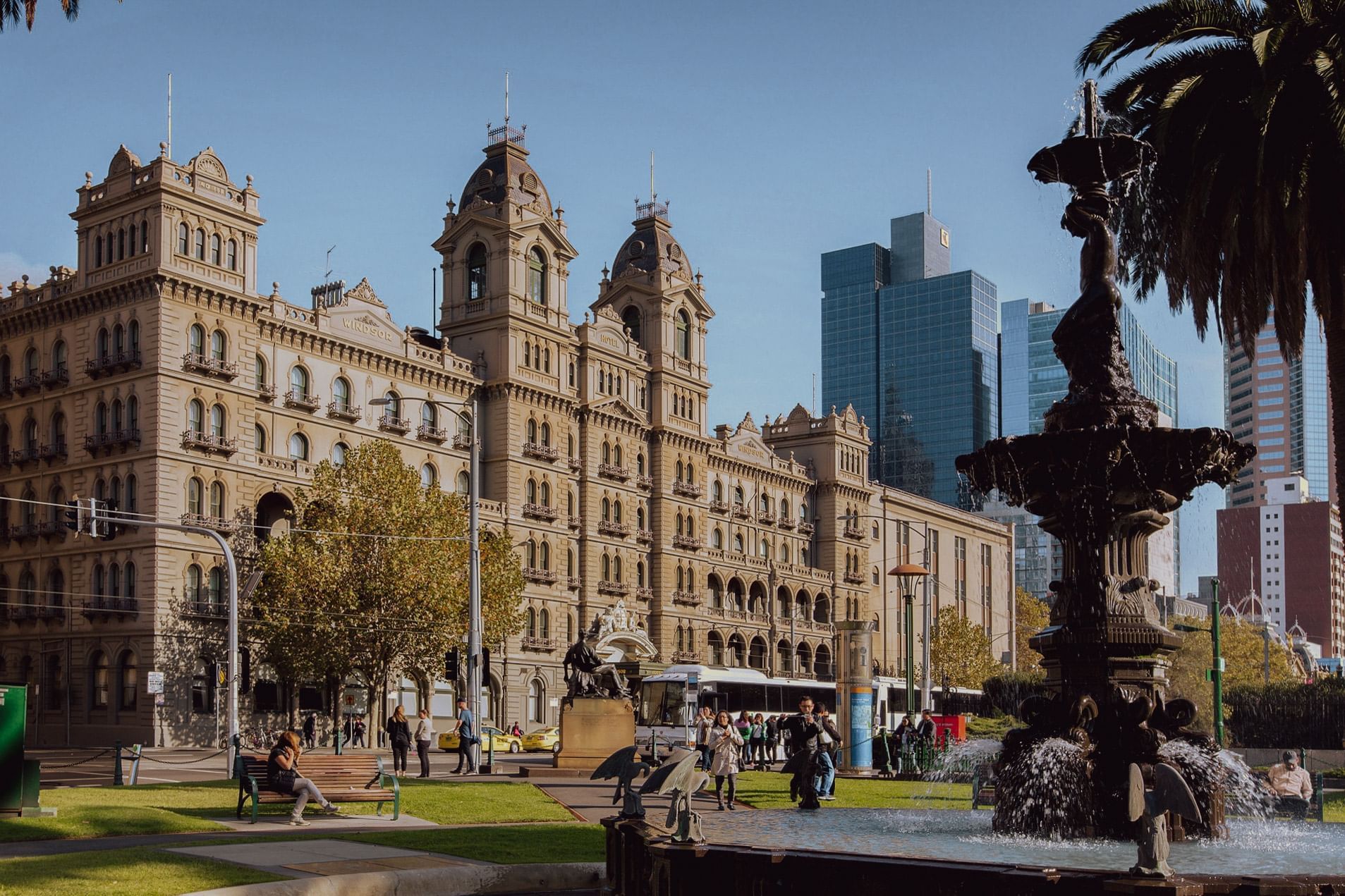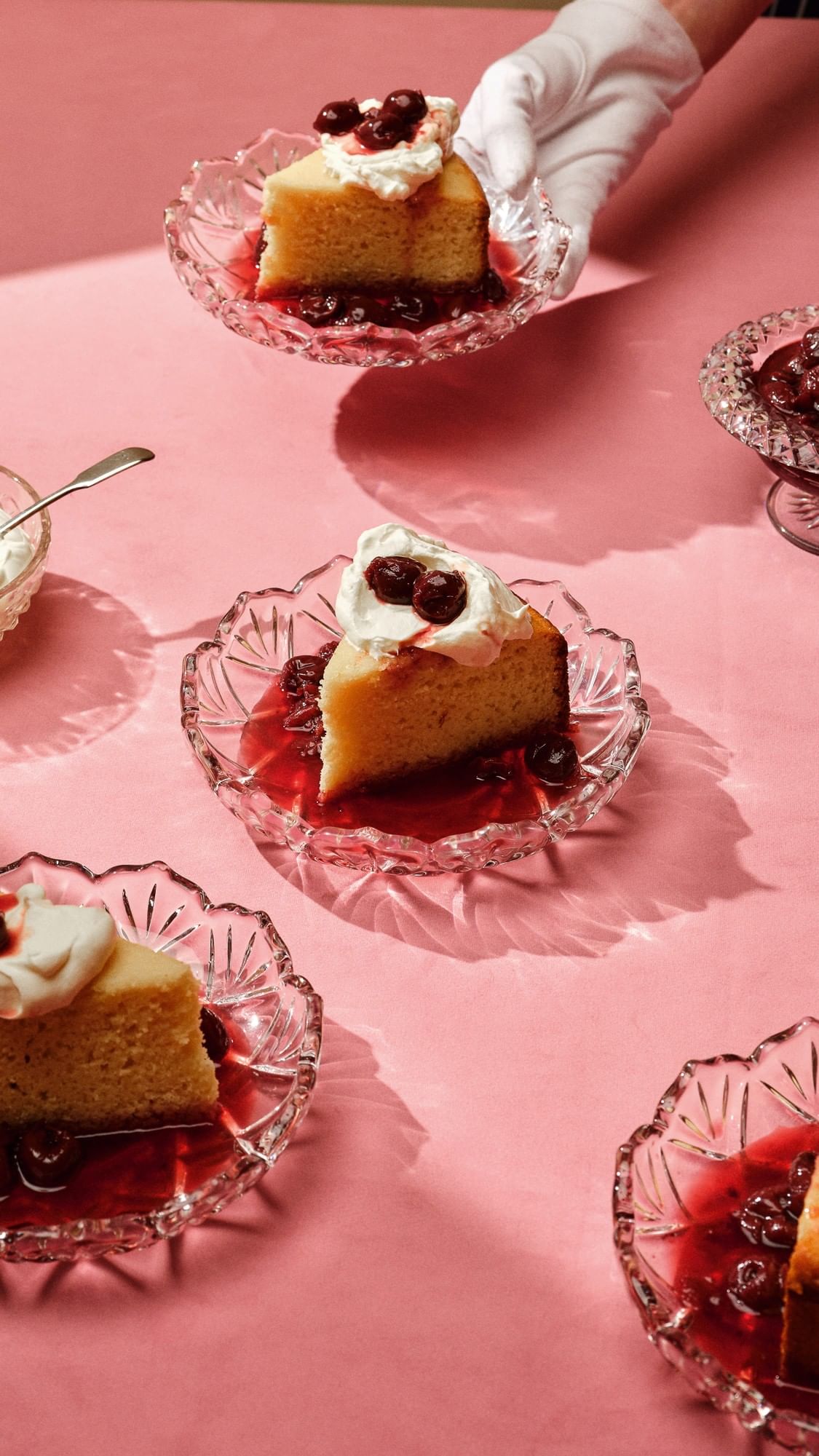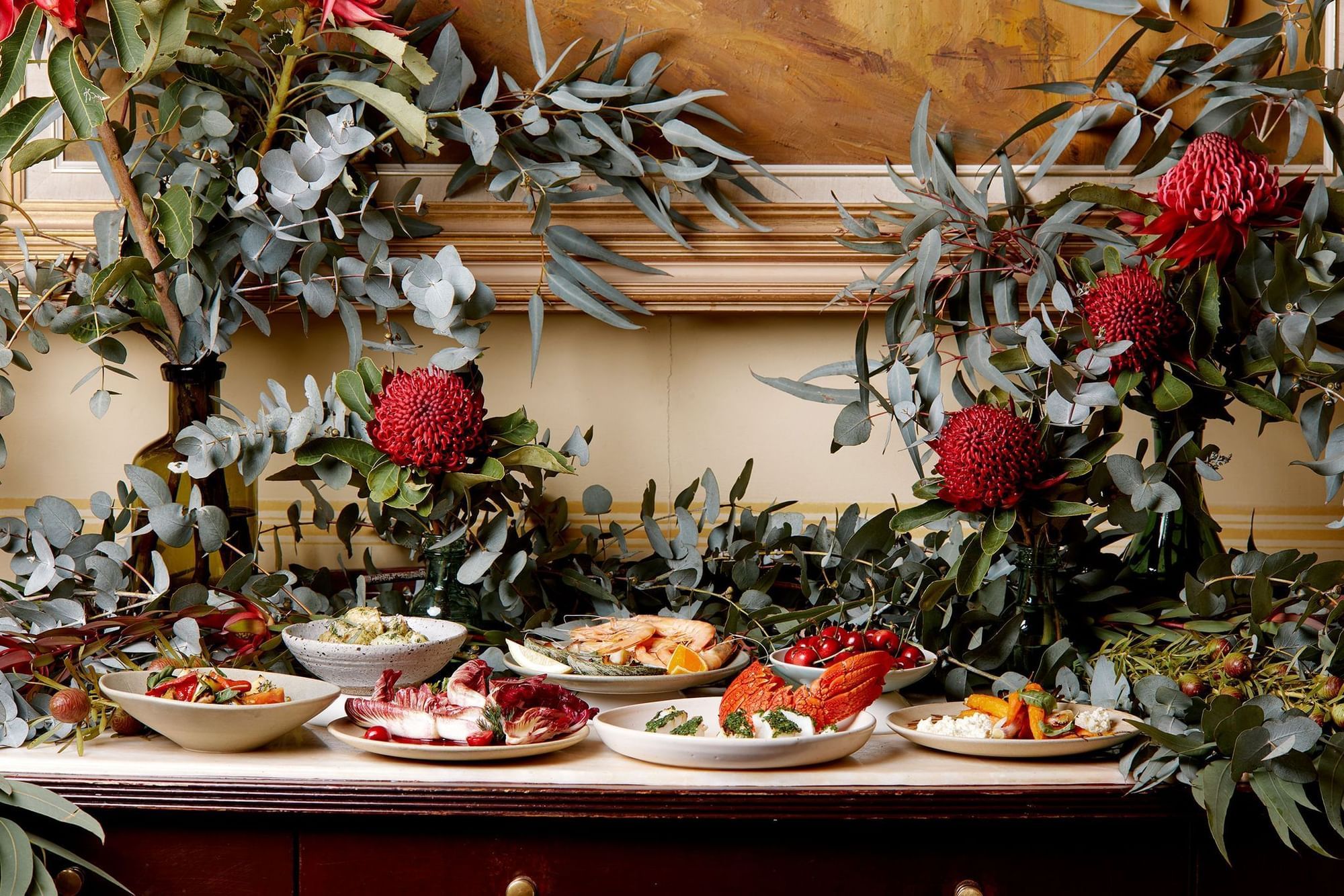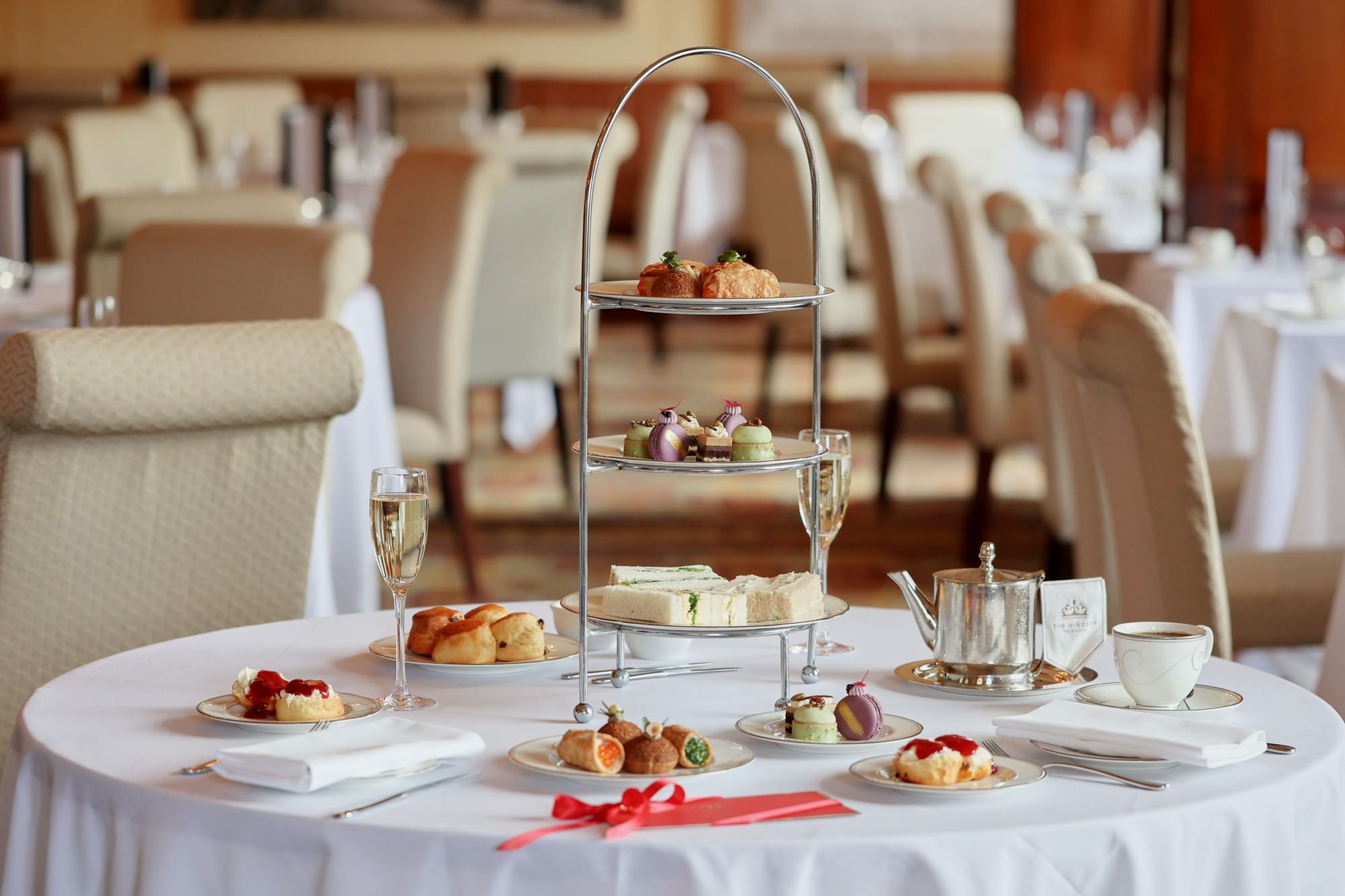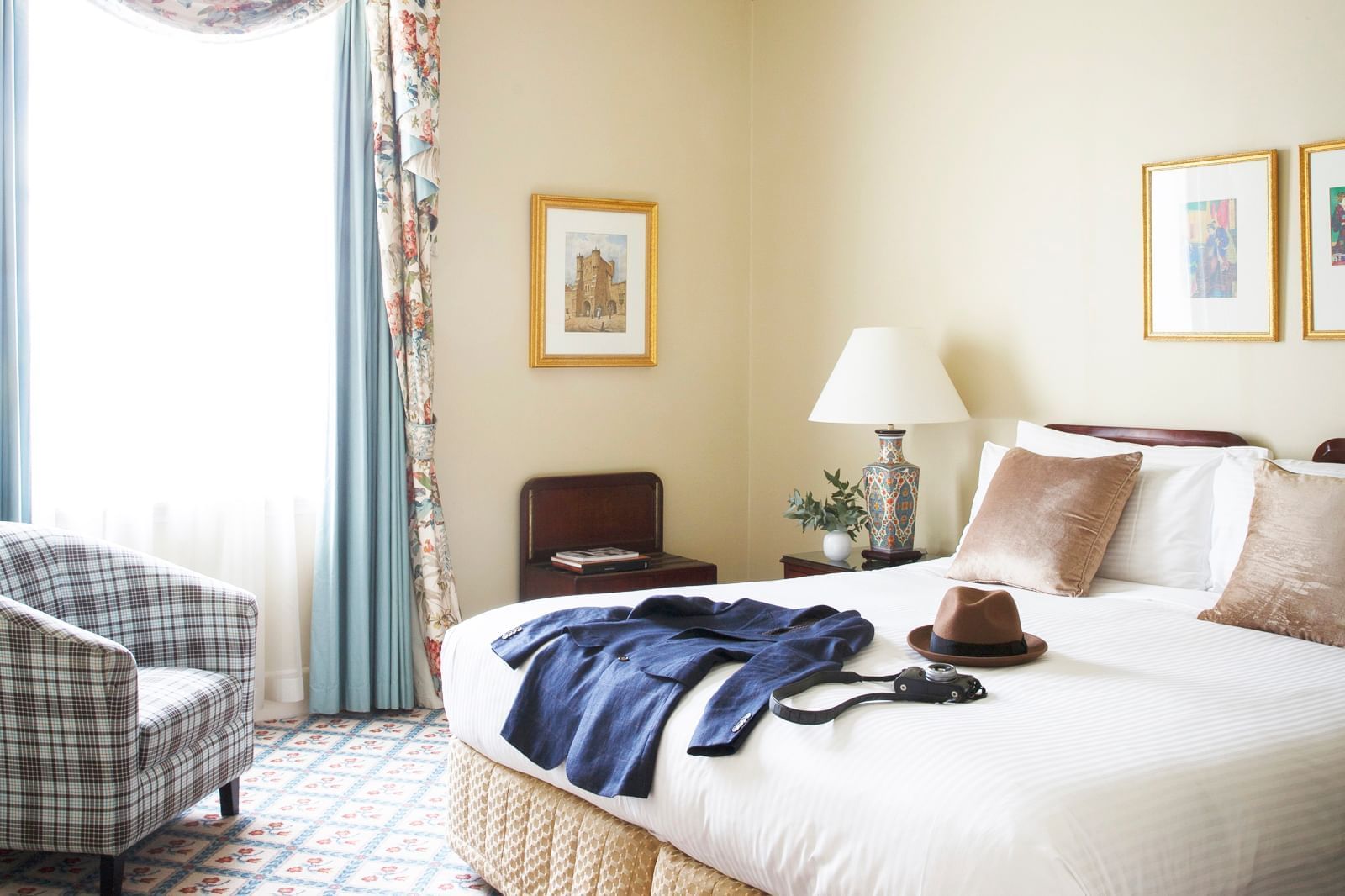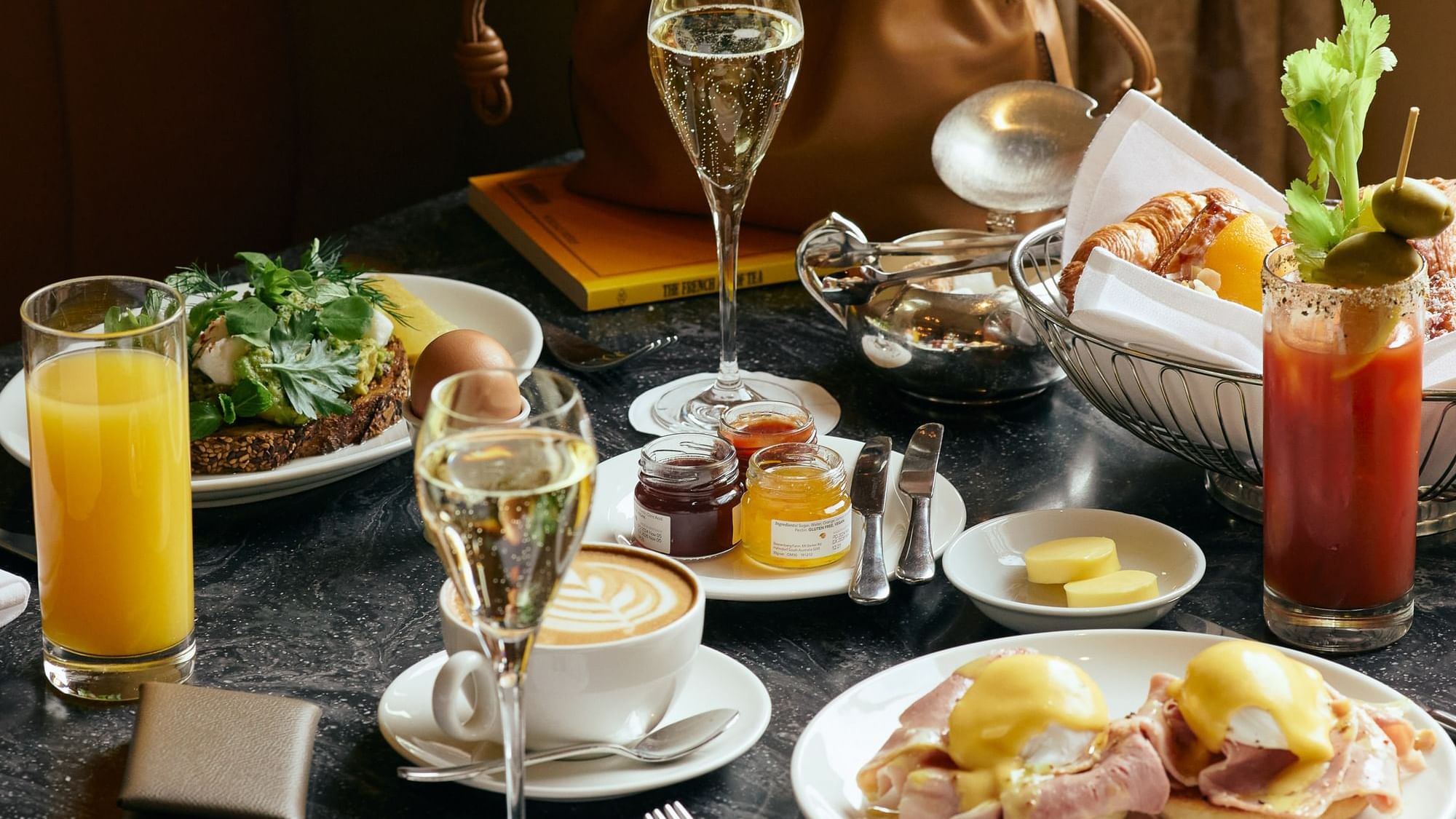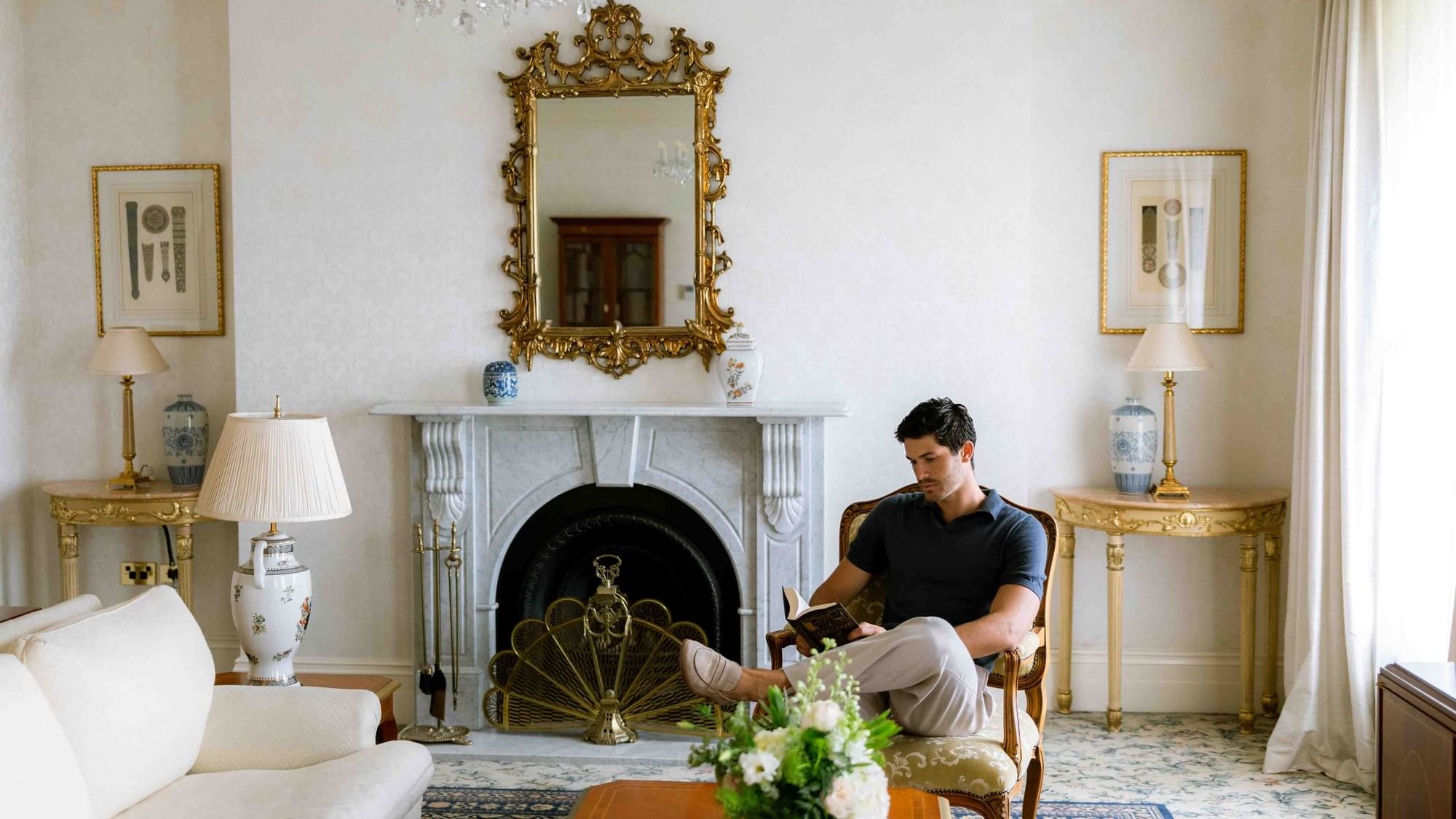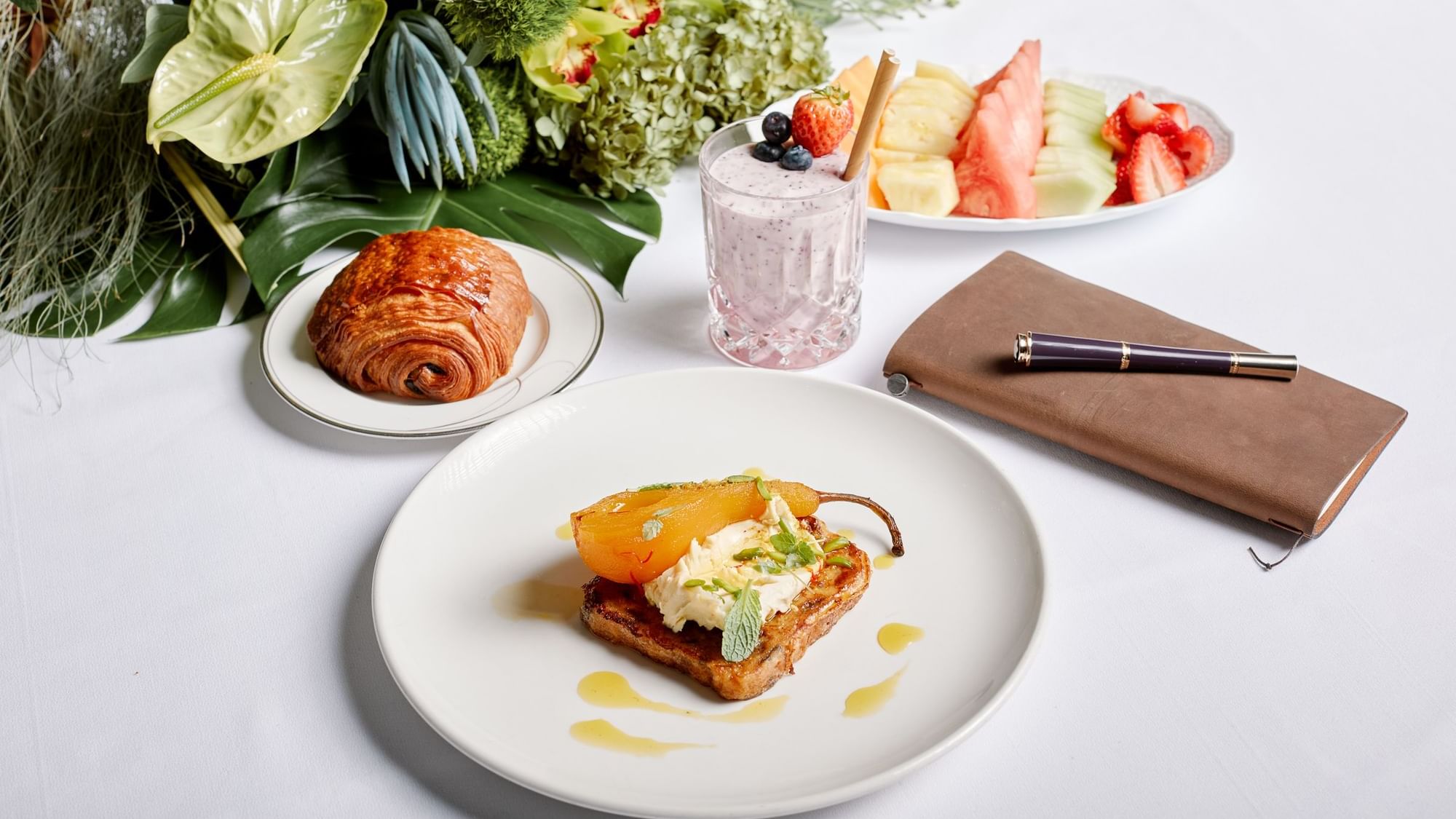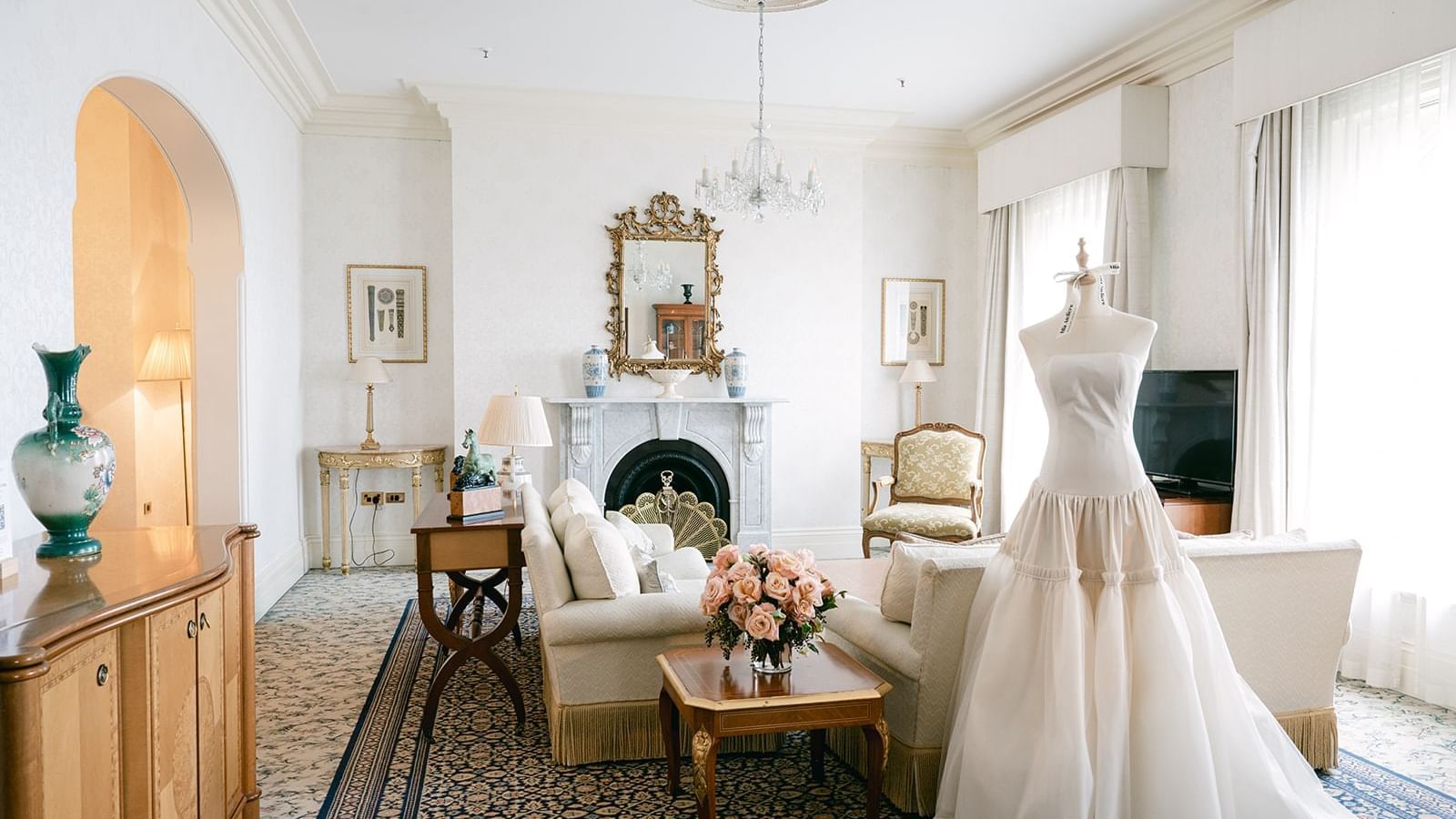A Legacy of Elegance
Melbourne's Heritage-Listed Grand Hotel Since 1883
Step through our brass doors into a quieter time. Nestled in Melbourne's heart, The Windsor invites you to experience 18th-century Victorian elegance in its original splendour. Slumber beneath chandeliers, climb our intricate grand staircase, savour our renowned Afternoon Tea, and escape to a world of timeless beauty. From diplomats to dreamers, artists to aristocrats, The Windsor has been a haven for extraordinary souls for generations. Find your chapter within our story.

Rooms and Suites
Once home to royalty, stars of the golden age and illustrious Australian figures, The Windsor is home to a classically elegant collection of 180 rooms and signature suites. A boutique hotel for those seeking a retreat from the modern world.
Latest at The Windsor
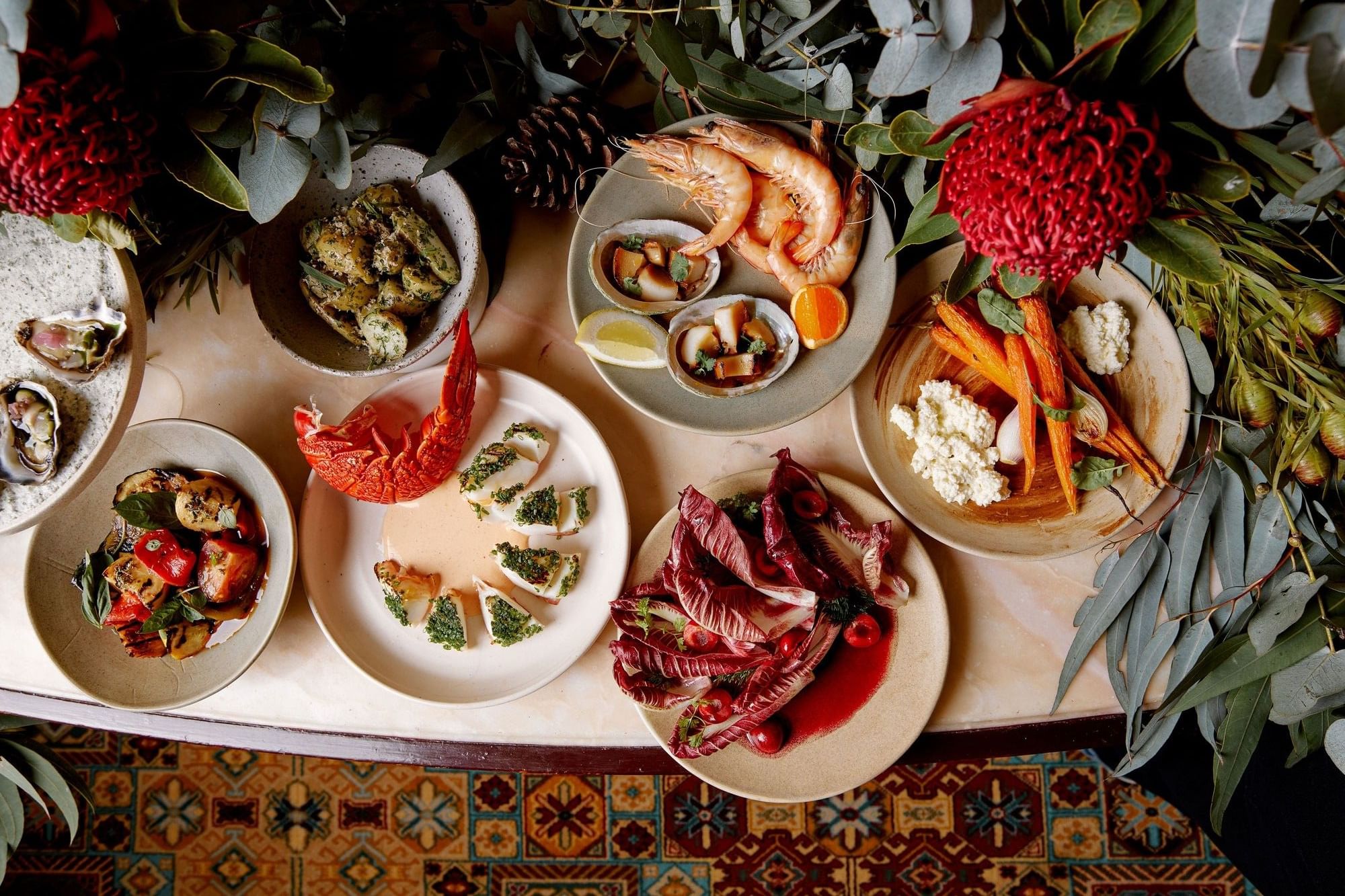
Christmas Dining
Our most anticipated CHRISTMAS celebration returns with a five-course lunch and dinner served in the GRAND BALLROOM and our HERITAGE DINING ROOM. Set beneath soaring ceilings and glittering chandeliers, the menu features timeless flavours from scampi terrine, ROAST TURKEY with pistachio crust, and a traditional CHRISTMAS PUDDING with vanilla anglaise. We recommend securing your reservation early as seating is limited.
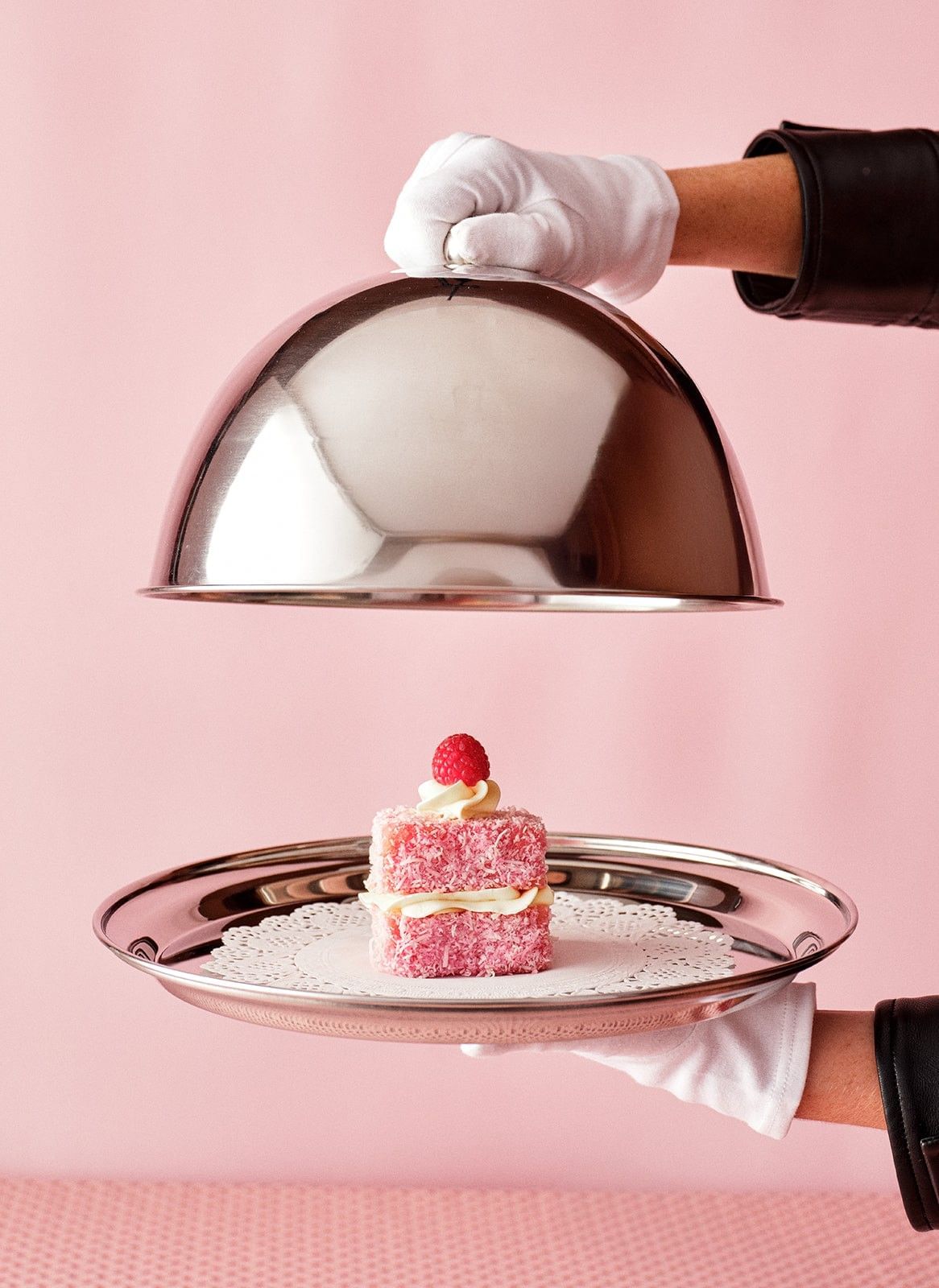
Everybody Loves Cake x The Windsor Afternoon Tea
A weekend of sweetness awaits with EVERYBODY LOVES CAKE x THE WINDSOR AFTERNOON TEA. Join Melbourne’s celebrated cake maker Alisha Henderson as we present a curated buffet of her creations from ‘Everybody Loves Cake’, her debut cookbook of vintage, slab, and love cakes. For one weekend only, enjoy our iconic Afternoon Tea alongside Alisha’s cakes — and meet her in person for a limited cookbook signing on Saturday 17 January.

Champagne Breakfast
All are welcome to join us for our A LA CARTE or SUITE BREAKFAST - a juice of your choice to start, viennoiserie from our bakery, and then the Australian favourite, AVOCADO ON TOAST perhaps, or a luscious EGG BENEDICT. We have the full FARM GATE BREAKFAST too, and are proud to champion local producers. And while you slip into hotel life, why not add a CHAMPAGNE or Bloody Mary?
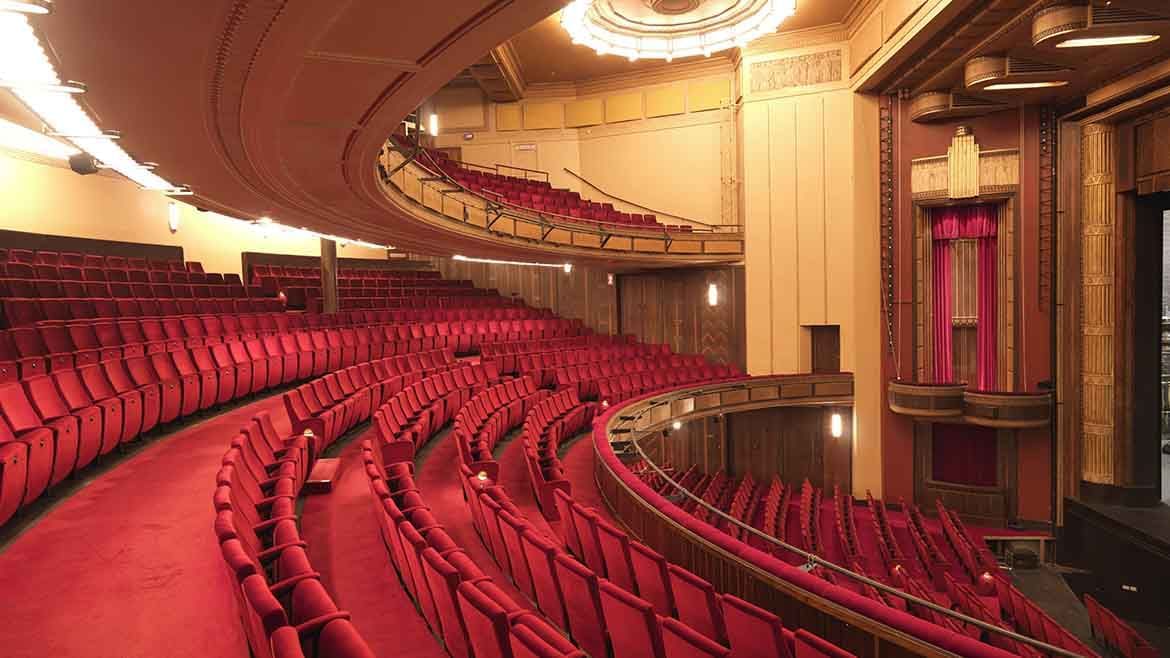
Exclusive Seats at Her Majesty's Theatre
In partnership with Her Majesty's Theatre, guests of The Windsor are granted exclusive access to a reserved pair of Owners Seats at every performance. Located in the front row of the Dress Circle, these premium seats are typically held for producers and VIPs, and are now available for you to enjoy.


